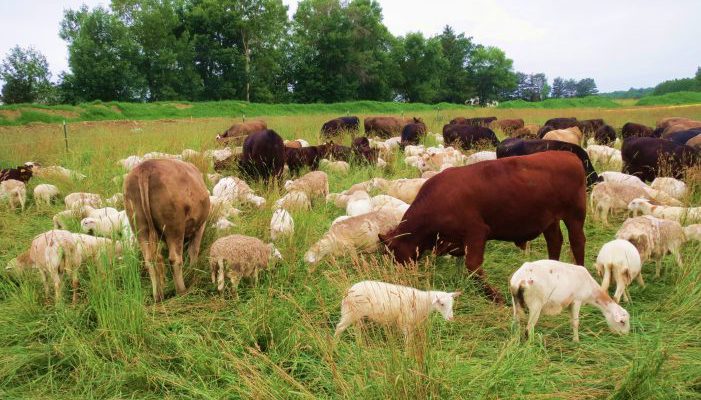weeds
-
Weeds can reduce the quantity and the stand life of desirable forage plants in pastures and hayfields. Weeds also impact the aesthetic value of a pasture. Therefore, producers may choose to initiate weed management strategies that reduce the impact of weeds on forage production. The first step in effective weed control is to evaluate the…
-

Thistles can reduce forage yield and delay spring transition of warm season grasses. Thistles can produce large amounts of seed, sometimes up to 4,000 seed per plant. For growers trying to manage the seed bank, please implement control strategies before flowering. Several different thistles are found in pastures, which can include Bull thistle (Carduss vulgare), Musk…
-
While there are over 600 species of weeds that can be labeled as poisonous plants, we are going to focus on my top ten that can be found in our pastures in Georgia. Most grazing animals will not eat poisonous plants unless they are forced to do so by some unusual or artificial condition. Conditions…
-
By Steve Morgan Harris County CEC Weeds can reduce the quantity and the stand life of desirable forage plants in pastures and hayfields. Weeds also impact the aesthetic value of a pasture. Therefore, producers may choose to initiate weed management strategies that reduce the impact of weeds on forage production. The first step in effective…
-

By Will Lovett and Cole Madray (UGA Intern) Bacon County CEC Anyone that has grazed cattle and horses knows how quickly they can clear a field of grass and legumes, but will not touch anything they may not want to eat. The grasses, forbs and legumes ignored by some grazing animals are weeds that…